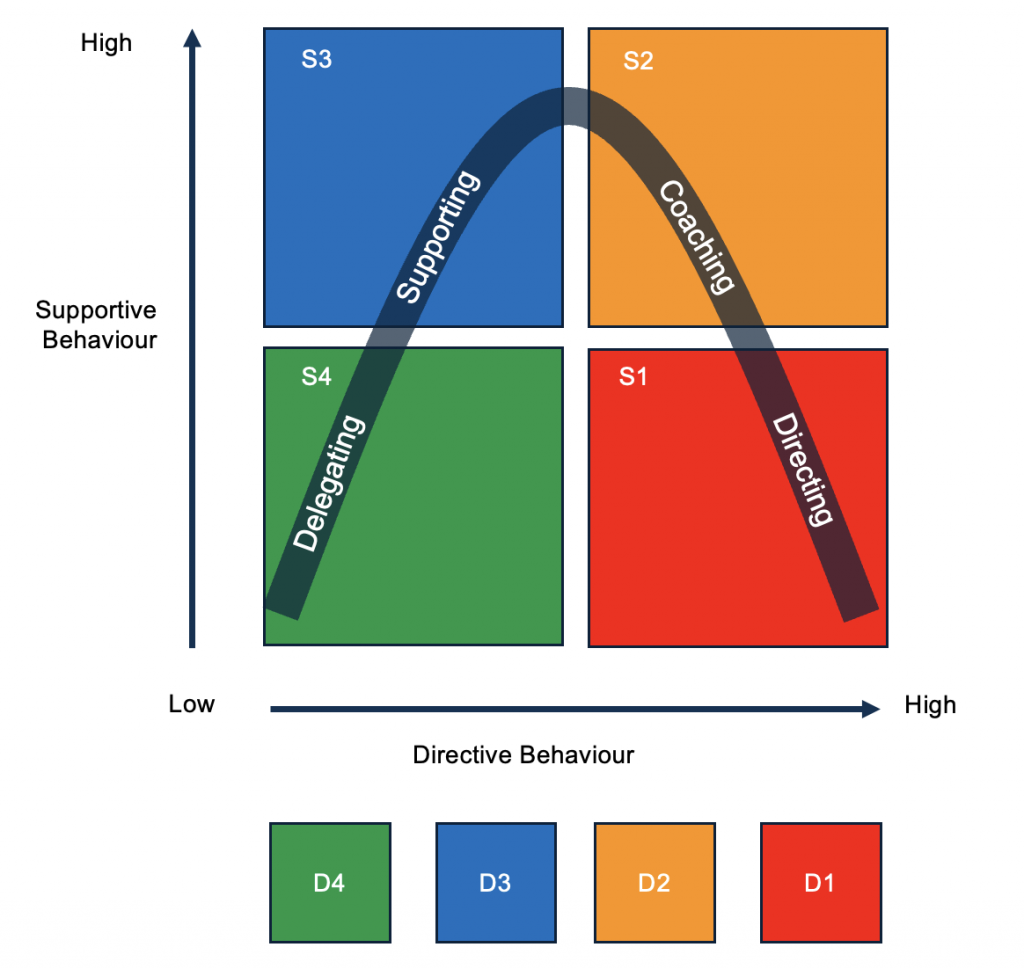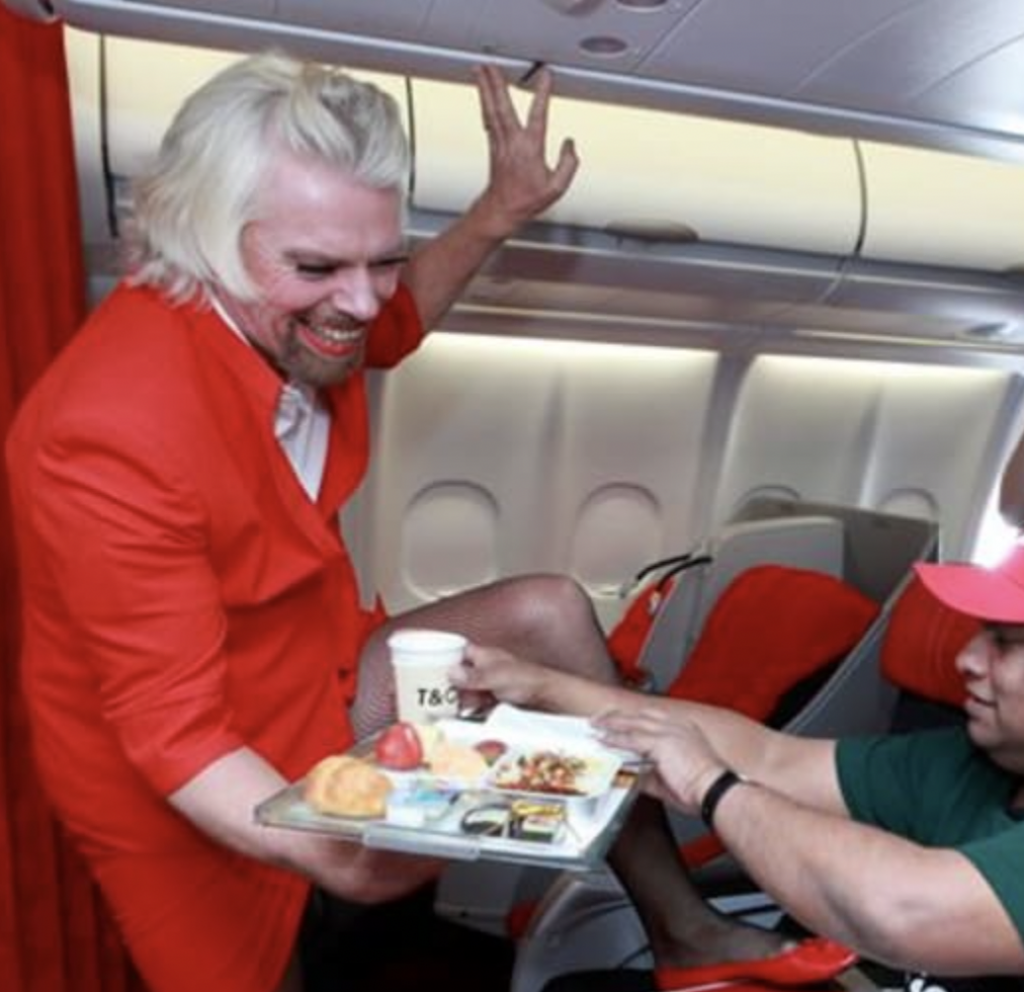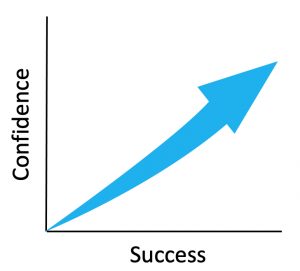Servant Leadership is a term that was first introduced into the leadership vernacular in 1970 by retired AT&T executive Robert K. Greenleaf. Greenleaf coined the term to describe what he believed was a type of leadership that was missing in corporations at the time. Greenleaf identified the need for a type of leadership where the leader’s role was to facilitate the success of their followers for the greater good of the organisation. It was Greenleaf’s belief that leadership should be based on serving the needs of others and helping them to serve those who they lead so that they would in turn become Servant Leaders themselves.
But Greenleaf did not invent the concept of Servant Leadership. One of the earliest examples of Servant Leadership is captured in biblical scriptures describing Jesus washing the feet of his disciples and telling them to wash each other’s feet. This was a demonstration by Jesus, that leadership is not about having power over others, but rather giving power to them. Within the military context, one of the most crucial ranks in most armies is that of the Sergeant. The word Sergeant derives its origins from the Latin word Serviens, which means to serve.
Greenleaf worked on the concept of Servant Leadership for 20 years, but it did not gain popular status until Greenleaf passed away in 1990. While there has been a lot written about the concept of Servant Leadership since 1970, it has been criticised due to the lack of published empirical research on the topic.
While most people would interpret and understand Greenleaf’s concept of Servant Leadership, as the ‘leader as servant’, his notion of the ‘servant as leader’ may be less understood. This is a very important distinction as the ‘servant as leader’ draws a very different image of the role of the leader. This misinterpretation has happened because like so many leadership concepts, much of the research and literature has not been fully read or understood by those espousing it. This is evident in the common abbreviation of Greenleaf’s seminal essay on the subject entitled “The Servant as Leader” to “Servant Leadership”. Greenleaf never intended for the Servant as Leader to be interpreted literally as the Servant Leader, which conjures images of leaders being subservient to their followers and where the leader needs to transform into a servant. Rather, Greenleaf inferred that servants can, and should lead and that this mindset of the Servant as Leader should be front of mind for all leaders as they ascend the leadership ladder.
Supporters of Servant Leadership see it as an altruistic form of leadership where the leader acts as steward and influences their followers through the demonstration of leadership behaviours and characteristics such as integrity, honesty, and empathy manifested as a genuine concern for their followers. Hence, as humans are not autonotoms and perform better when they are able to relate to their leader and feel a sense of belonging to a group or organisation, it is logical to assert that the application of Servant Leadership will help leaders influence their followers.
Greenleaf wrote about the Servant Leader being a servant first and referenced ‘Leo’ a character from a story Greenleaf read about Hermann Hesse’s Journey to the East. In this story, Leo served a wealthy family and was central to maintaining harmony and proper functioning of the group. At a certain point, Leo disappears and the family falls into disarray. Later Hesse finds Leo leading a group of his own people and realises that it was Leo’s leadership and influence that had unified the family.
Servant Leadership begins with a natural desire to serve first. Then conscious choice, the situation, and time allows the servant to grow and want to lead. A person who is a servant first is very different from one who is a leader first. One who desires to lead first may desire this based on a feeling or need for power, or merely to acquire material possessions. In some cases this person may later choose to serve after leadership is established.
“The leader-first and the servant first are two extreme types. Between them there are shadings and blends that are part of the infinite variety of human nature”.
Robert K. Greenleaf
The difference manifests itself in the care taken by the Servant Leader to ensure other people’s highest priority needs are being served. The best way to think about Servant Leadership is to ask if those being led grow as people because of the Servant Leader’s leadership? Do they, while being served, become healthier, wiser, freer, more autonomous, more likely themselves to become servants? And, what is the effect on the least privileged in society; will they benefit, or, at least, not be further deprived? This is where Servant Leaders need to be careful not to desire the adoration of their followers to the point of being weak or soft on bad behaviour or poor performance. This is what I refer to as the “Nice Leader Fallacy”.
Critics of Servant Leadership cite the lack of published research on the efficacy of the concept and infer that so long as leadership is associated with power, leaders will not be able or willing, to adopt a higher standard of leadership. It is especially true of leaders in business and in politics that the task of achieving ever greater returns for shareholders or winning the next election means there is a significant focus on the task or mission rather than on the welfare of the followers. In this scenario, the followers, aka workers or voters are merely tools for the leader to achieve their goals.
At the end of the 20th Century, there were at least 650 definitions of leadership. While there is no consensus on the meaning of the word leadership, most would agree that leadership is the process of influencing people to achieve shared goals and deliver a vision.
This implies that the followers, follow the leader not because they are forced to, or because they are being paid, but rather because they believe in the leader and the leader’s vision.
Leadership is a very broad discipline and covers self-leadership, often in the context of self-discipline and self-actualisation or transcendence, religious organisations, sporting teams, charities and non-profit organisations, emergency services, and the military, politics, and business.
Some examples of true leaders include Dr. Martin Luther King Jr, Gandhi, and Mother Teresa. These leaders were able to mobilise large groups of people to follow them and indeed to participate in the execution of their missions and visions, without being paid or coerced, and without fear of punishment for non-compliance.
Based on the above ‘common definition’ and examples, true leadership can only exist if there is an absence of authority, with no consequence for the followers who choose not to comply or follow. This is because where the ‘leader’ has authority over the followers, they are not truly leading them, they are directing them. In this scenario, if the follower chooses not to follow, there are consequences. These might be being overlooked for a promotion or being found unsuitable to continue in the organisation, and in some situations could result in more dire consequences such as imprisonment or worse.
Does this mean that the concept of Servant Leadership is not valid in modern society? I don’t believe so. I believe strongly in Servant Leadership as a concept and an approach to leading. In my view Servant Leadership is a logical approach to empowering others to achieve results and for the leader to clear the path and provide the support necessary. I can’t think of a circumstance where this type of leadership would be seen as anything other than appropriate. I do, however, acknowledge that leaders who do not feel secure or safe in their positions will succumb to the pressure to return results more rapidly or in line with unreasonable projections. These leaders are likely to revert to a more authoritarian style of leadership.
This is not a failure of Servant Leadership, but rather a failure of the individual leader. Anyone can apply Servant Leadership and lead high performing teams during an economically prosperous time and within a stable industry. Reverse the circumstances and ask the same leader to lead in a volatile, uncertain, complex, and ambiguous time and they will likely adopt a much more authoritarian leadership style.
This purist version of leadership, where the leader influences their followers through willing consent is very different to the type of leadership delivered in virtually all business settings. Hence, I submit that there are almost no cases where “business leaders” are in fact leaders at all. Herein lies the dilemma for the future of leadership within a business context, as business leaders do indeed have authority over their followers and there are consequences for followers who choose not to follow.
Business leaders can direct their followers, known as employees, to perform the actions laid down within their employment contracts, which they have agreed to. Therefore, in this context, this type of leadership is not leadership at all, but rather a form of what I refer to as ‘Corporate Command’.
Business tends to follow social trends and the current trend, which has been growing for more than 20 years and seems to be gaining mass, is that of a more socialist, left-wing ideology. For business leaders, most of whom are currently of older generations, this presents a significant challenge.
The challenge for leaders will be how to drive results and maximise shareholder profits while attracting and retaining top talent? I believe the answer lies in the culture of modern organisations, the moral character of the leaders and the attitude and loyalty of the followers.
Organisations and their leaders need to keep pace with changing social attitudes if they are to offer new entrants into their organisations the type of workplace experience expected by those now entering the job market. My own observations of Millennials and Gen Z, indicates they are less focused on salary and status and more focused on job satisfaction and inclusion. They have also grown up in affluent times, are more educated than previous generations, and enter the workforce with little or no previous work experience. Whilst these have been my observations and perceptions, I acknowledge there is little empirical research on the topic.
Business is changing rapidly. Technological advances, social change, geopolitical instability, quantitative-easing and hyper-inflation, the rapid push to ‘green energy’, and the “long pandemic”, all represent an enormous challenge for current and emerging leaders. But change is not a new phenomenon, and while the rate of change today is unarguably greater than at any time in history, the challenge for leaders remains fundamentally the same. How best to lead?
In the 1960’s, Laurance J. Peter established the ‘Peter Principle’ where he asserted that “in a hierarchy, every employee tends to rise to the level of incompetence”. Anecdotally, many leaders of company’s start their careers in technical or administrative fields, in which they excel. Over time, these individuals are promoted into leadership roles where the skills needed are very different from those of their previous roles. Leaders who expect to be experts in all facets of their business and remain up to date on the latest technologies and social trends will have little time left to lead. Leaders need to focus on the future and on leading, and need to place trust in the other members of the organisation to play their part.
If leaders are to rise to the challenge and lead in a humanistic yet effective manner, they will need to put aside their authority and their egos and discover the power of giving away their power. This is not to say that leaders should ignore underperformance or tolerate bad attitudes or behaviour. Followers have a role to play, and that role comes in the form of ‘servant as leader’.
One way that leaders can better lead during times of rapid change is to adopt a technique used by the military, known as Contributory Dissent. This is where the leader elicits and demands that followers challenge the status quo and contribute through constructive arguments, to discover the best way forward. Everything is on the table until it’s not. Contributory Dissent requires trust and a high level of psychological safety that gives followers the confidence and authority to propose all options. However, once a decision is made, everyone must accept the decision as if it were their own.
Another way that leaders can adapt to rapid change is to adopt a more principled based approach to business management and leadership. This is where the organisation adopts a ‘purpose over process’ approach which emphasises doing what’s right rather than blindly following orders or processes. This requires the leader to make their intent known and to empower and trust followers to make their own decisions and do what’s right. Followers should be encouraged to explore new ways to do business all the while supporting the leader’s intent and remaining firmly focused on the mission and vision.
Conclusion
While there is little empirical evidence that Servant Leadership is effective within the contextual framework of business leadership, it is a form of leadership that helps to distribute leadership throughout the organisation by empowering followers to also act as leaders. Probably the largest criticism of Servant Leadership, other than the lack of empirical research into its efficacy, is that it requires leaders to put aside their egos and relinquish their power and this is difficult for most leaders to do.
In dealing with a future that is changing so rapidly, I believe leaders need to understand the influences of social, generational, technological, environmental, and geopolitical forces on business and on people and adapt to a more humanistic form of leadership.
A final word on Servant Leadership.
The most significant criticism of Servant Leadership is its lack of efficacy. I have personally found that this can be addressed by concurrently employing other forms of leadership such as Situational Leadership developed by Paul Hersey and Ken Blanchard in the 1970’s.











